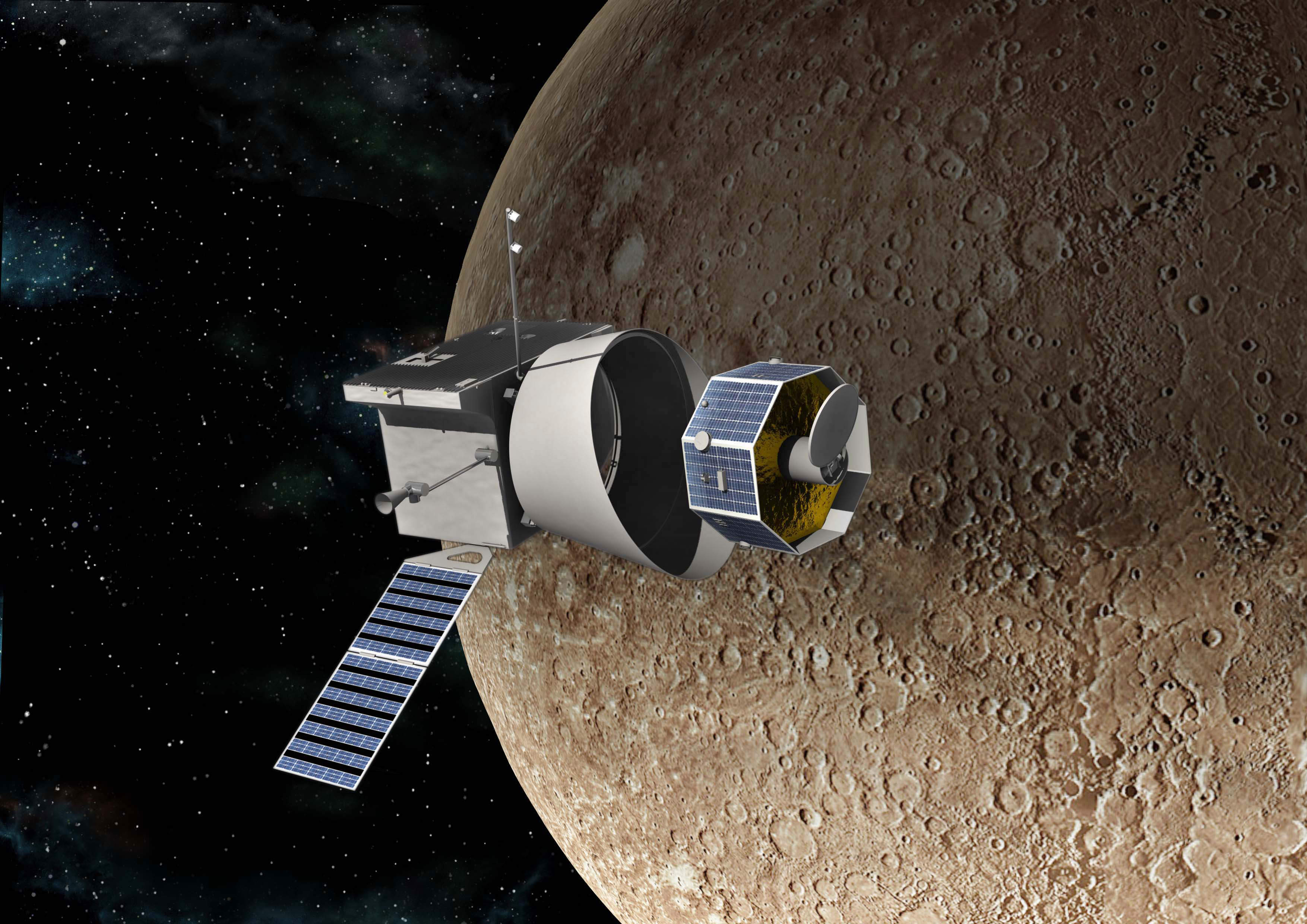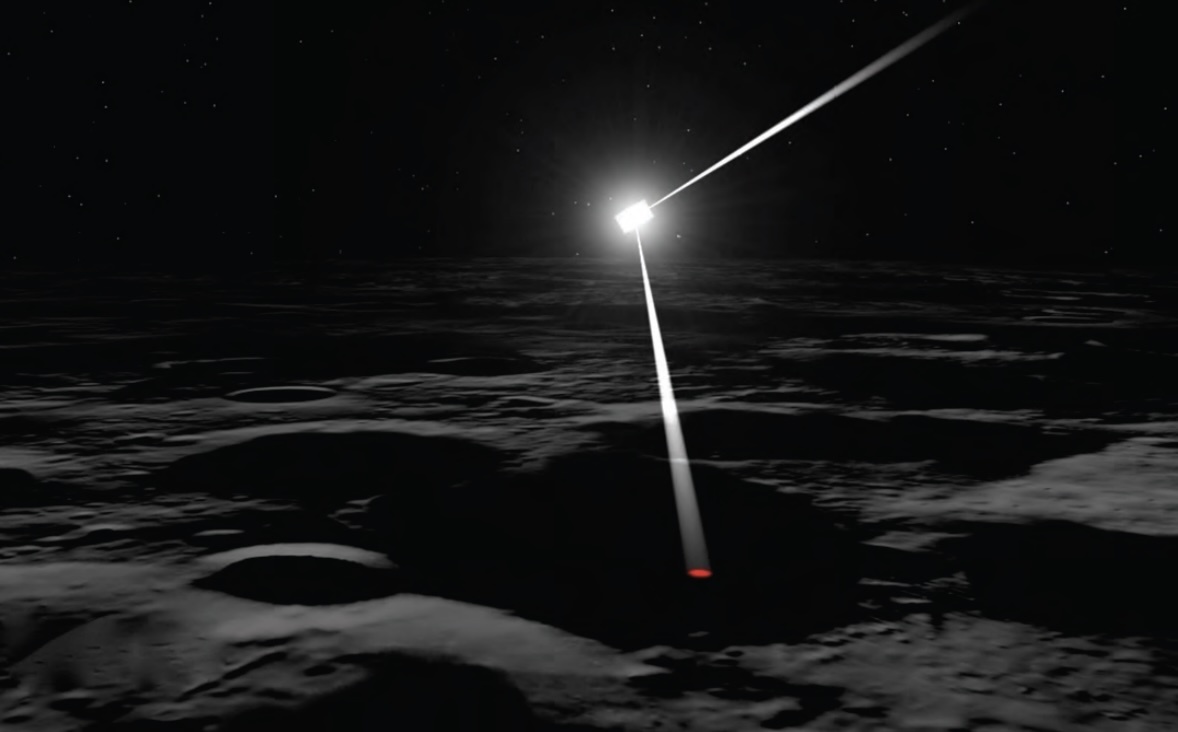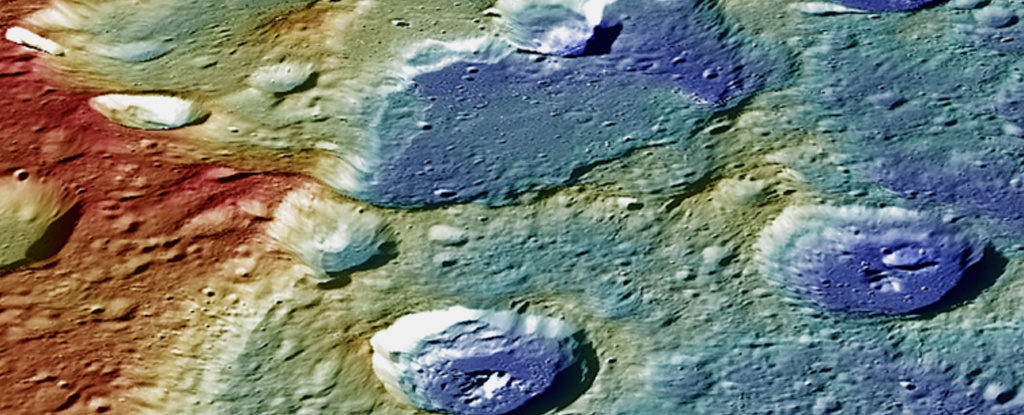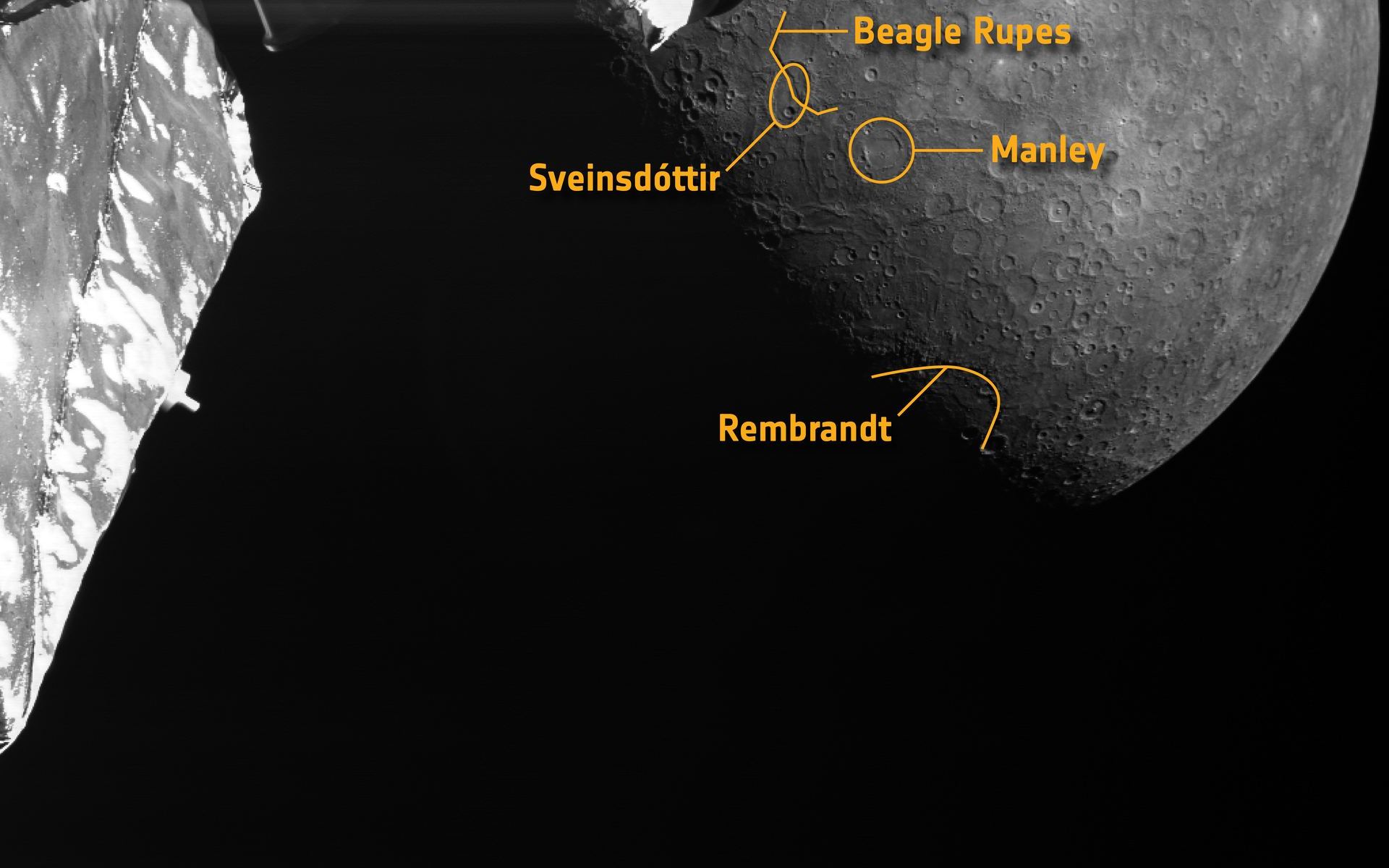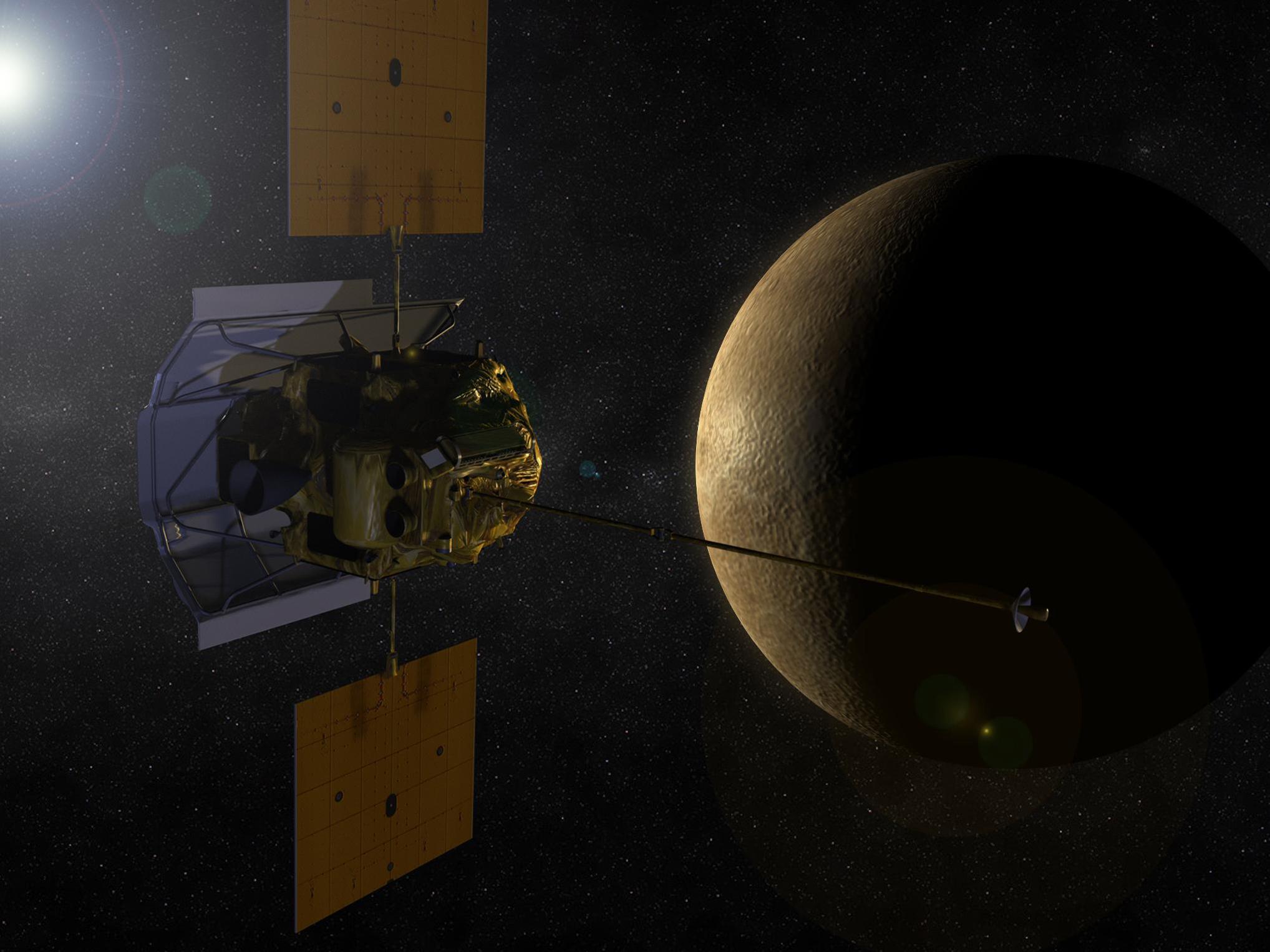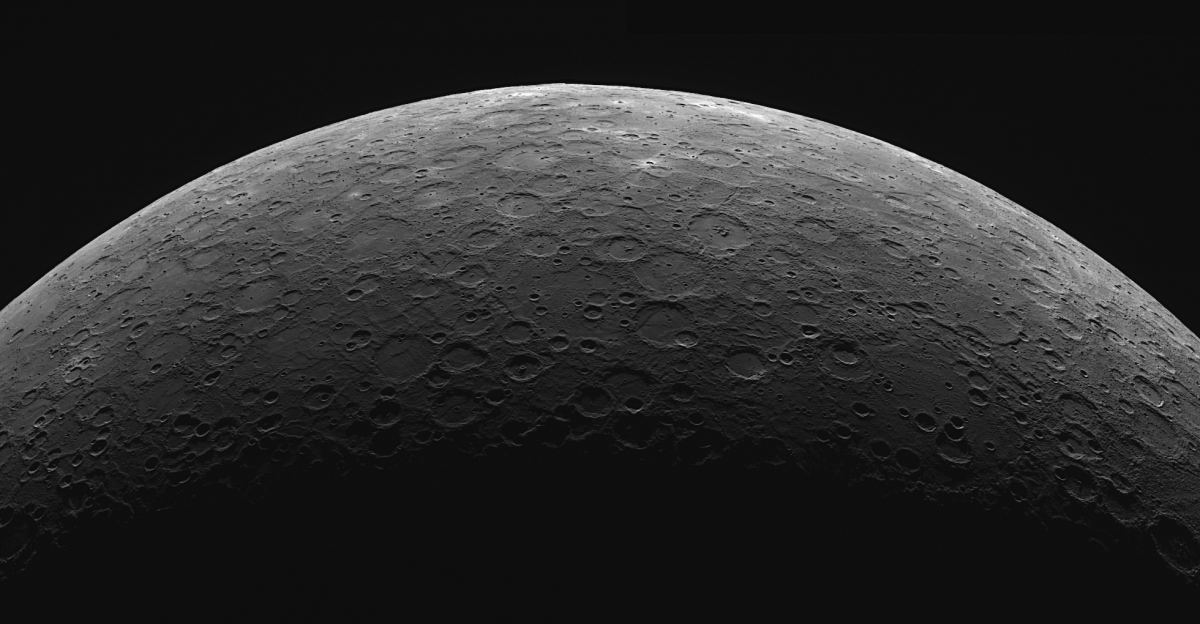Mercury, the closest planet to our Sun, is also one of the least understood in the Solar System. On the one hand, it is similar in composition to Earth and the other rocky planets, consisting of silicate minerals and metals differentiated between a silicate crust and mantle and an iron-nickel core. But unlike the other rocky planets, Mercury’s core makes up a much larger part of its mass fraction. Mercury also has a mysteriously persistent magnetic field that scientists still cannot explain. In this respect, Mercury is also one of the most interesting planets in the Solar System.
But according to new research, Mercury could be much more interesting than previously thought. Based on new simulations of Mercury’s early evolution, a team of Chinese and Belgian geoscientists found evidence that Mercury may have a layer of solid diamond beneath its crust. According to their simulations, this layer is 15 km (9 mi) thick sandwiched between the core and the mantle hundreds of miles beneath the surface. While this makes the diamonds inaccessible (for now, at least), these findings could have implications for theories about the formation and evolution of rocky planets.
Continue reading “Mercury Could be Housing a Megafortune Worth of Diamonds!”



